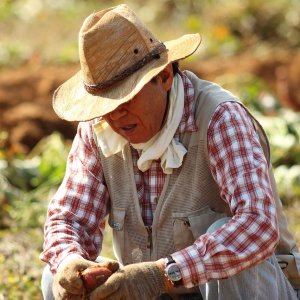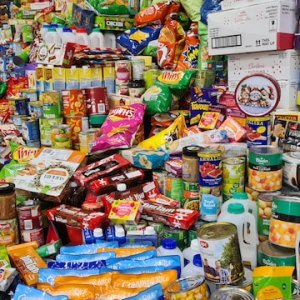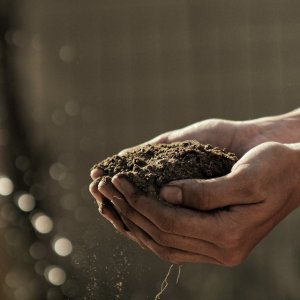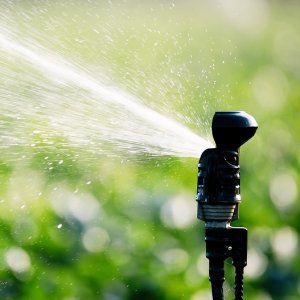Productivity Per Hectare: The Agriculture Challenges Toward 2030

STORY INLINE POST
Living in 2021, we could never imagine our life without technology. We live in a world that is connected as never before, where a specific action in China can impact life as we know it in every country around the globe. We inhabit a planet where information is as close at hand as never before, where technology impacts every aspect of our lives and where, for example, medical science had been able to research, produce and make available COVID vaccines in record time.
As citizens of this planet, we often think of technology related to telecommunications, to satellites, to the internet, to the automotive industry or as spaceship reaching Mars. But we much less often think about the technology developed and incorporated in the food we eat. We instantly tend to assume that food has always been there and that putting a seed in the ground will imminently result in a leafy and productive plant, providing us with the food we need.
The truth is that this is not even close to reality.
Technology in Agriculture
According to the US Department of Agriculture, between 1948 and 2017, global farm production nearly tripled. Before the ‘40s, different agriculture techniques were proven through trial and error. It wasn’t until the green revolution that structured science and technology was incorporated in the development of strong solutions to address problems such as susceptibility to diseases like wheat rust.
These substantial developments can be attributed to the advent of new technologies, innovations and process improvements in agriculture. But what does this look like? Improved genetics that lead to seed varieties that better adapt to external conditions, agrochemicals that help growers address the multiple threads related to plagues, weeds and diseases, advanced machinery equipped with satellites and global positioning systems, robotics, digital tools, irrigation systems, and so on.
Improving agricultural productivity has been the world’s primary means of assuring that the needs of a growing population don’t outstrip the ability to supply food. In the last 50 years, food has become more abundant and cheaper than ever before, as the world population more than doubled. But now we face a new challenge: to continue increasing productivity while maintaining environmental safety.
The New Challenge
One particular concern is whether 20th century agricultural productivity will be able to fulfil 21st century challenges. Today, it is increasingly recognized that productivity gains need to focus not only on the amount of food produced per hectare but should strongly focus on a wider array of natural resources and exosystemic services, such as soil, water, pollination, and biodiversity. As a final point, productivity should not only focus on increasing tons per hectare per se but to do it in such a way that it meets the needs of vulnerable populations (poor and malnourished) who often are farmers themselves. This means increasing productivity in rural, poor areas and with small holders.
Syngenta addresses environmental concerns by committing to constantly developing better crop protection products and seeds. Incorporating sustainability in our R&D process assures that from the early stages of development, we focus on reducing chemical load and delivering two sustainable technology breakthroughs each year.
We will also strive for carbon neutral agriculture, both on farms and in our operations. We remain committed to enhancing biodiversity and soil health on 3 million hectares of rural land every year, which we will do by providing technologies, services, and training to farmers.
Alongside this, we are reinforcing our commitment to help people stay safe and healthy by training 8 million farm workers on safety every year and striving for fair labor across our entire supply chain. We can only achieve our ambitious targets in partnership and in open dialogue about the value of agriculture innovation for farmers, nature and society. This is the second chapter of our Good Growth Plan.
Corporate responsibility has to go further to assure we are part of the solutions that farmers around the world need to confront the enormous challenges faced, especially with climate change threatening food production. Climate change is a tremendously great threat and we must ensure that farmers in all sectors have at hand the greatest number of tools to continue increasing their productivity while taking care of the environment and their health. This is what we do at Syngenta.








 By Javier Valdés | CEO for Mexico and North LATAM -
Thu, 06/17/2021 - 12:49
By Javier Valdés | CEO for Mexico and North LATAM -
Thu, 06/17/2021 - 12:49
















